Swiss professor of philosophy Horace-Bénédict de Saussure (1740-1799) was one of the first naturalists to collect observations and measurements in the field. He did so by traveling the Alps and climbing various mountains, among others the Mont Blanc, with 4.810 meter the highest peak of the Alps. During his ascent, he recorded the physiological reactions of his body to the increased elevation, measured air temperature and described the rocks which compose the mountain. One of De Saussure’s guides onto the peak of Mont Blanc was Jacques Balmat, a local chamois hunter and Strahler. A strahler is a crystal seeker, so named after the Strahlen, the shining quartz crystals. The granite of Mont Blanc is famous for its Alpine-type fissures, hosting sometimes spectacular crystals.
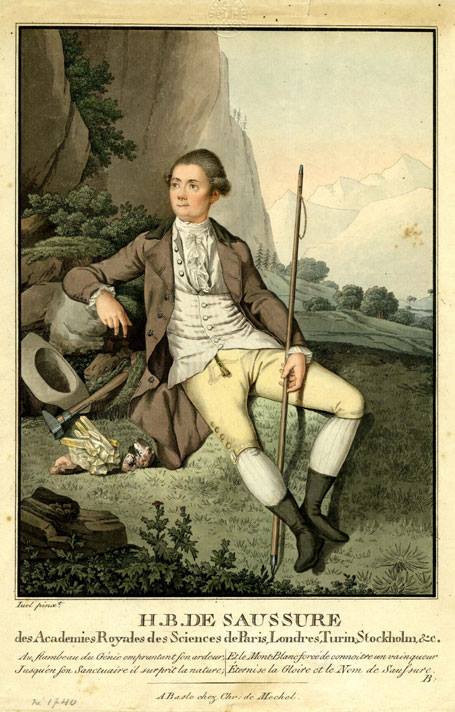
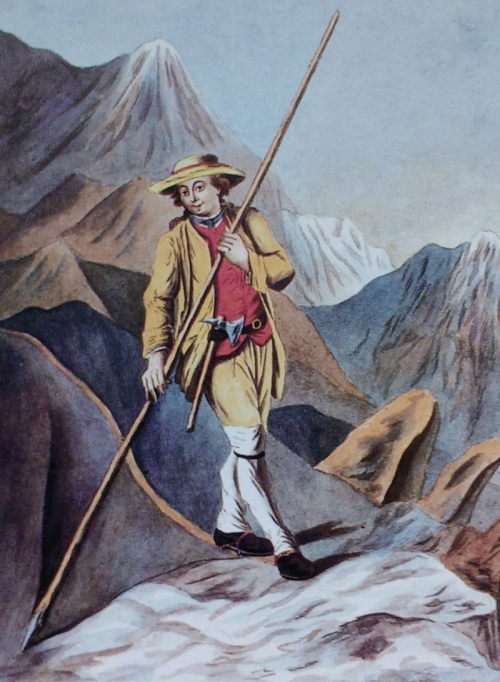
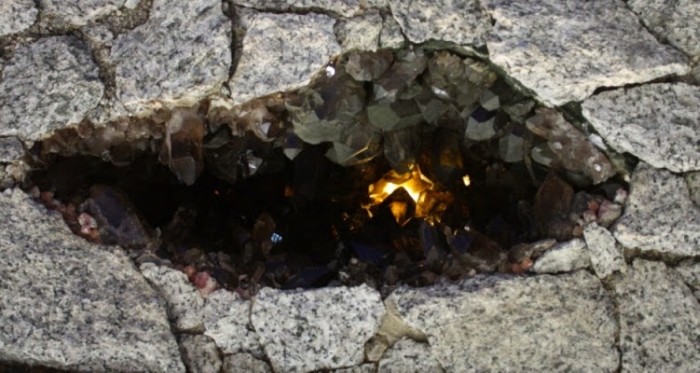
Most common are gash fractures formed during the Alpine orogenesis some 25 to 15 million years ago. Below 500°C rocks like gneiss, schist and amphibolite tend to react brittle to tectonic deformation. Permeable to circulating fluids, in the open fissures and at temperatures of 600 to 100°C crystals will start to grow.
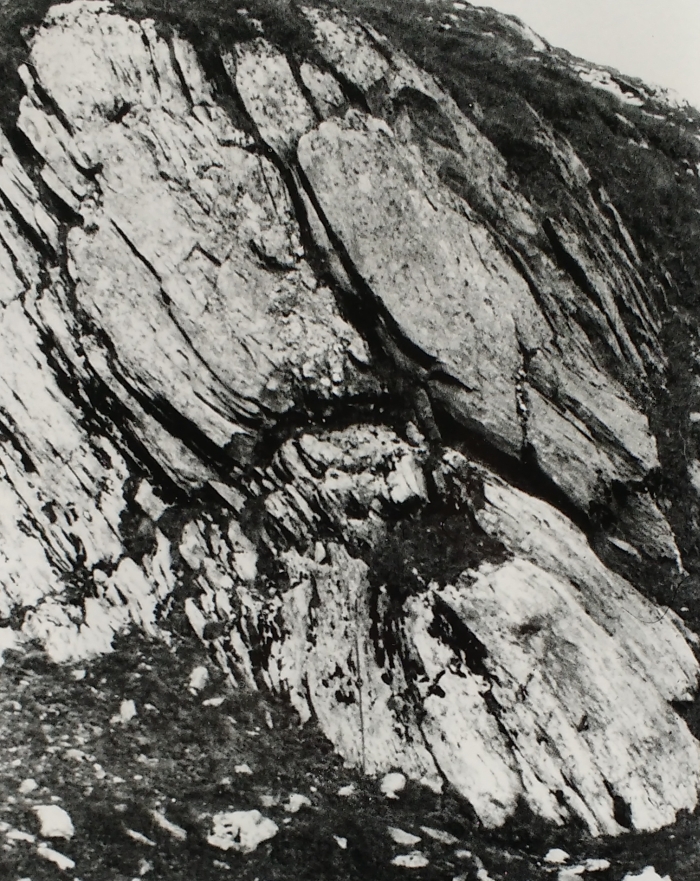
Almost 80% of the Alpine-type minerals comprise feldspar, chlorite, calcite, and quartz. Typical Alpine-type minerals are actinolite, apatite, dolomite, epidote, flourite, hematite, titanite, rutile and zeolithe – more than 140 minerals are known from Alpine-type fissures found in the Eastern Alps.
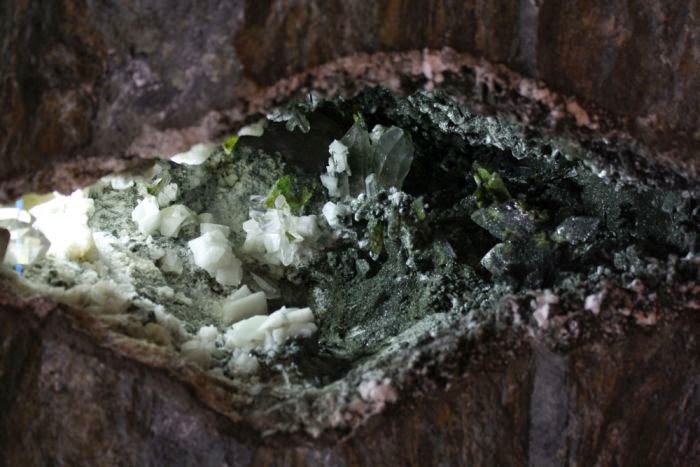
De Saussure’s son – Nicolas Théodore de Saussure – will in 1792 name the mineral dolomite, giving the Dolomites their modern name.